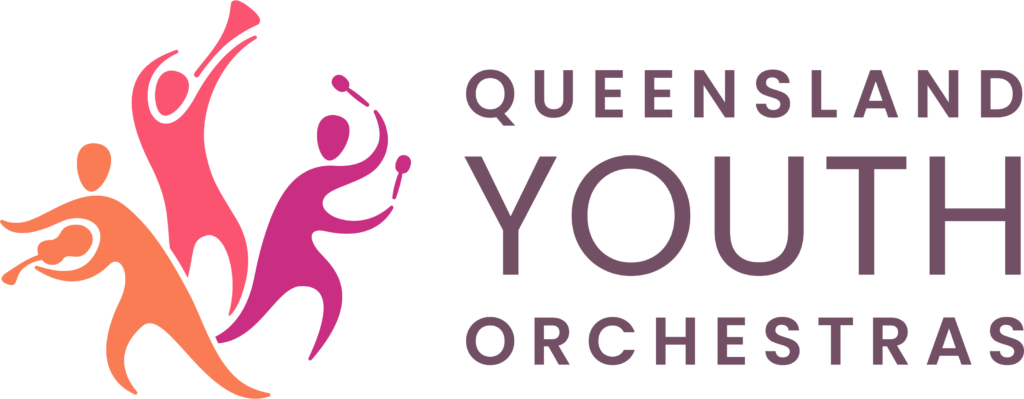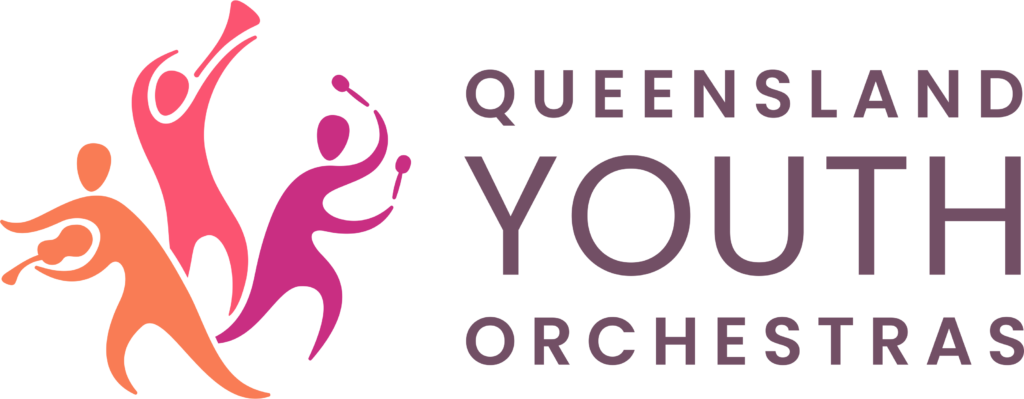As kids, we grew up in Bardon, before we moved to the Gold Coast in the early 1950s. I recall taking the tram and going into the museum. We were little so we came with our mother, in the late 1940s.
My strongest memories of this place though are associated with it being next to the exhibition. We’d come and eat lunch watching the sheep dog trials. When we first came we got the sample bags first—a terrible mistake, as you have to carry them all day! My greatest tip is never buy sample bags til you’re ready to go home. Another tip from that time was, if you came on the last day, Saturday, it was half price entrance.
I went to university on a scholarship, but it was being able to work on the Ekka turnstiles during my uni years that paid for everything else. They paid correct pay, and you’d work 10-12 hours a day. You had to join a union to work and I joined the theatrical union as it was the cheapest.
All these coming and goings would have the old museum in their periphery.
A note from the editor: Alan Roughan told this story to Margie Barram at the Australian Garden History Society display at the Ekka.


Recent Comments